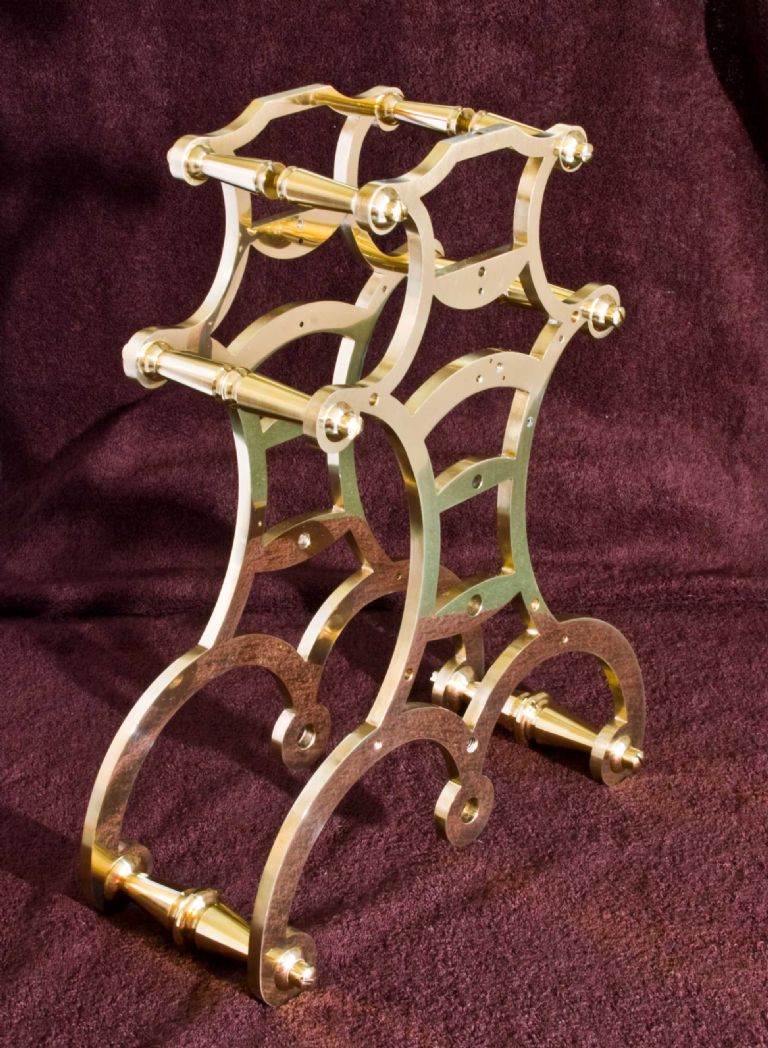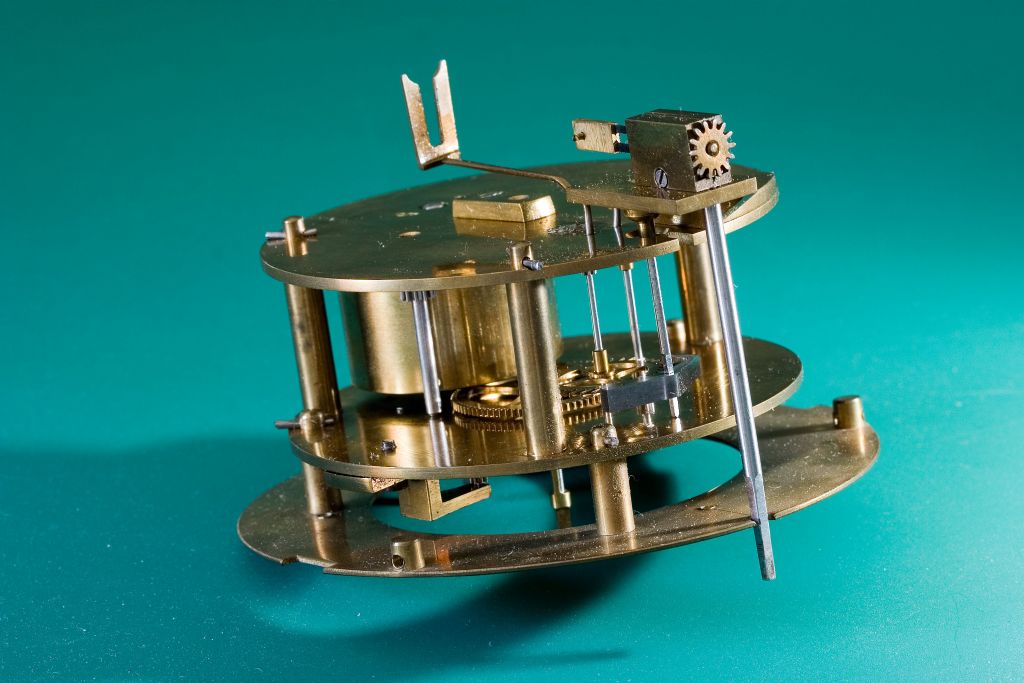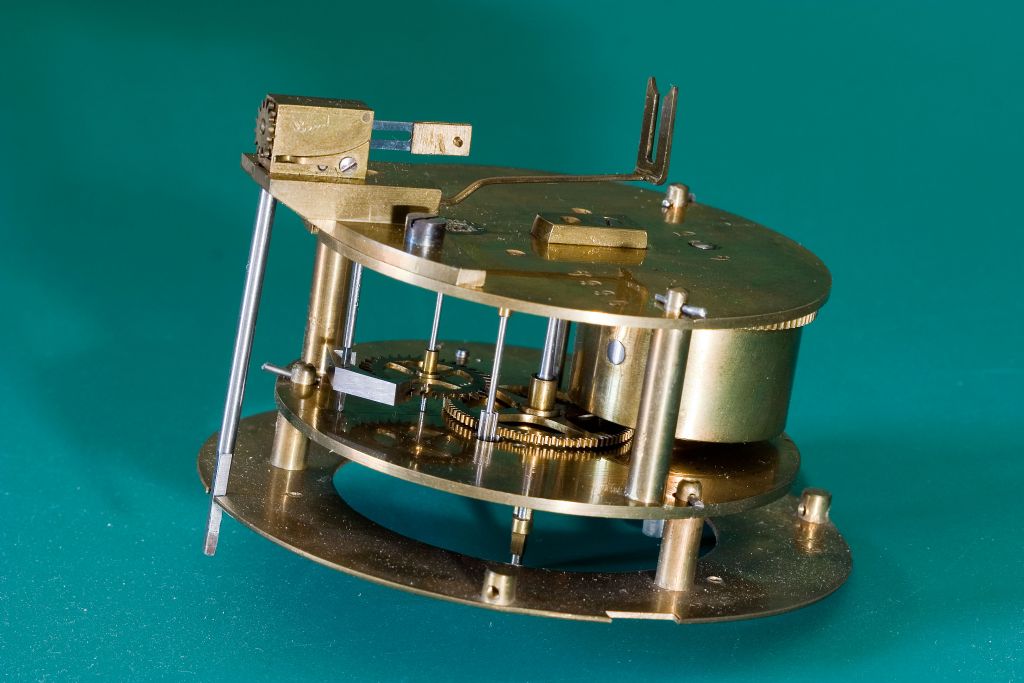Here’s a challenging, perhaps not new idea put to me years ago. Understandably, it may also attract protests from certain members, but that’s the fun that often transpires in this forum.
The idea is to rummage around for an old, relatively simple (spring-driven?) clock (or just the mechanism), that is essentially complete. If repairs are needed this might be a bonus.
Strip the mechanism having first noted (photographed) essential details such as the order of the wheels and pinions. Leave aside the plates, these will provide a guiding template for the pivot centres. Keep any other items such as pillars etc. that might still have a use.
In their correct order, rearrange the wheel/pinion train in a vertical stack. Taking advantage of transparency, I’d suggest using thin clear acrylic as temporary plates.
This is where the real challenge begins. Drawing the scrolling along the lines of something like this …

Plates from John Stevens Skeleton Clock design.
I can see this becoming quite a fascinating and lengthy project, with lots to learn and ample opportunity for ‘sculpting’ the front and back plates.
As a footnote, I did take steps towards making a miniature ‘replica’ of my version of John Stevens skeleton clock. Without an in-depth investigation, I simply bought an old alarm clock from the local op-shop. When I opened it, I discovered that the main spring was not captive.
Would I do it to this Wehlen mechanism?


Never! That would be vandalism. 
Good luck Paul
Sam 
Edited By Sam Stones on 09/08/2023 22:17:12
Sam Stones.







